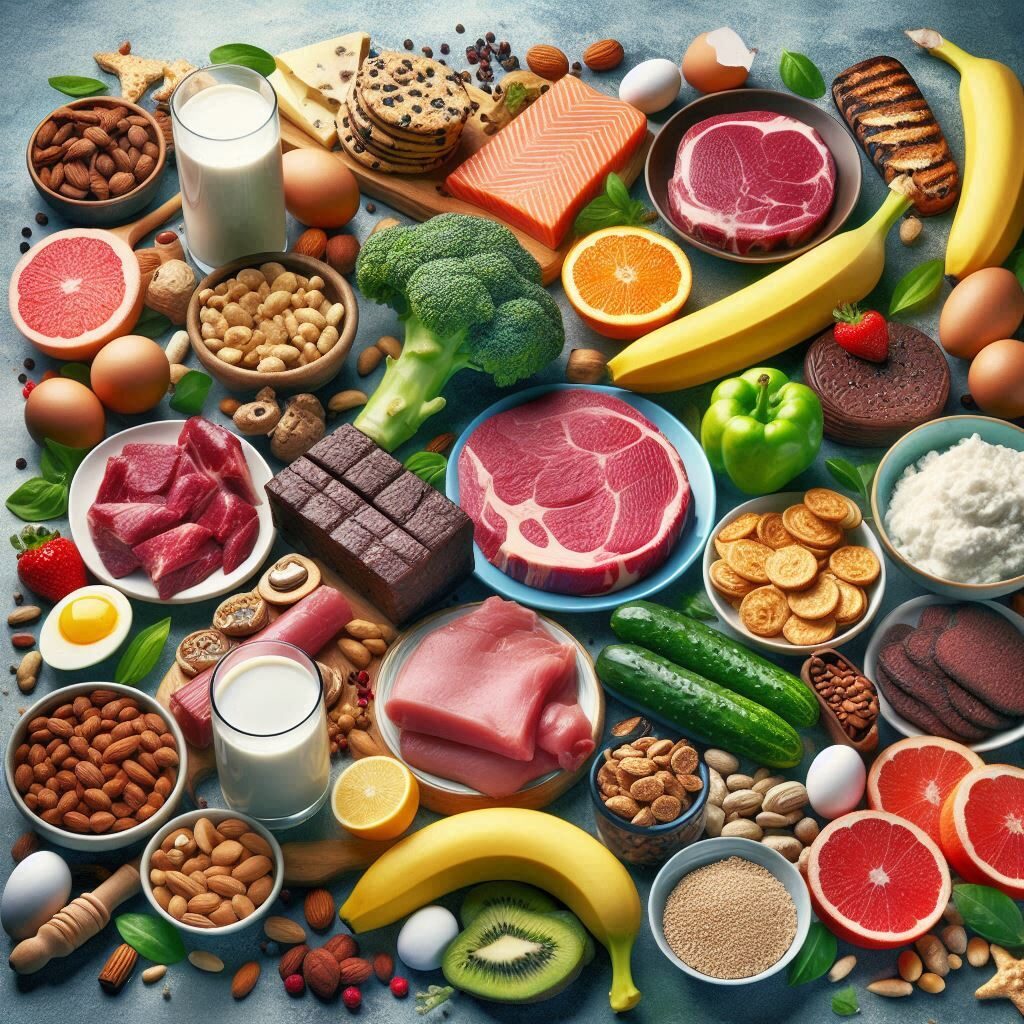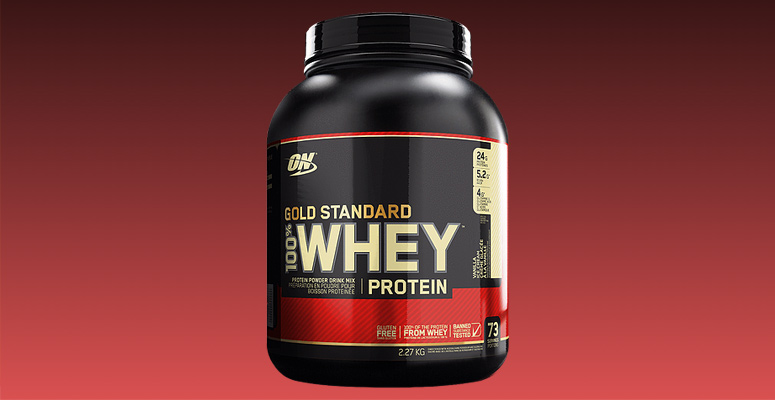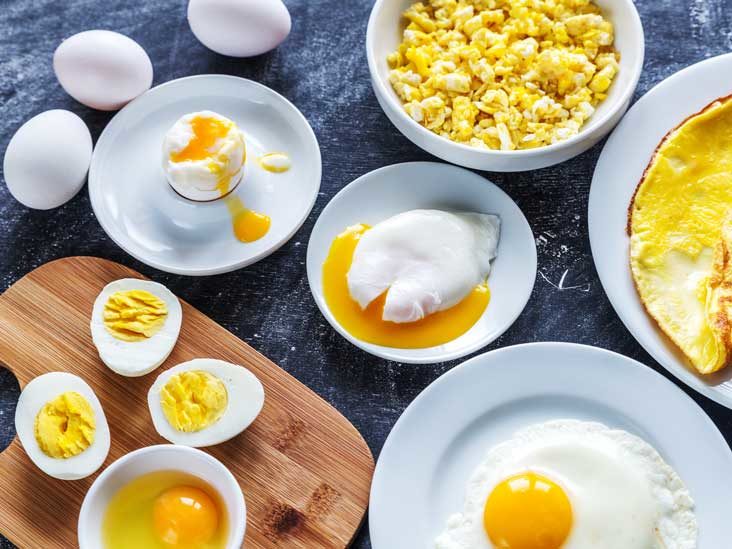Tofu
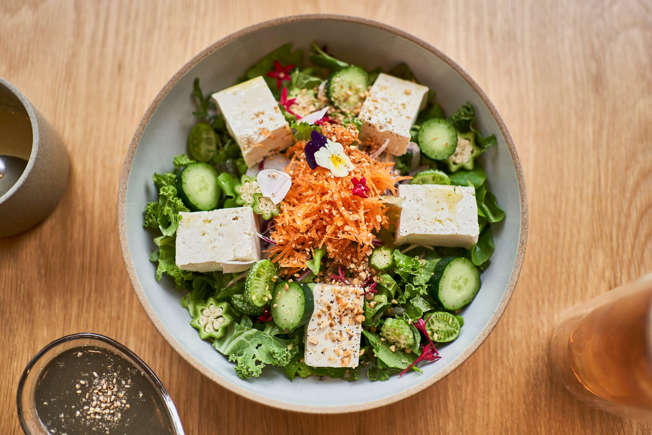
Made from soybeans, tofu is a complete plant-based protein that delivers 21.8 grams of protein in a half-cup serving. “Extra firm and firm tofu are great for stir fries and when you want the tofu to maintain its shape,” says Amidor. “Soft tofu can be battered and sauteed or pureed while silken tofu can be used in smoothies, blended and in sauces.”
Hai degli avanzi che utilizzerai nelle future ricette di tofu? Il tofu si congela bene fino a cinque mesi. Basta scongelare in frigorifero e scolare il liquido in eccesso quando si è pronti per l’uso
Fagioli neri
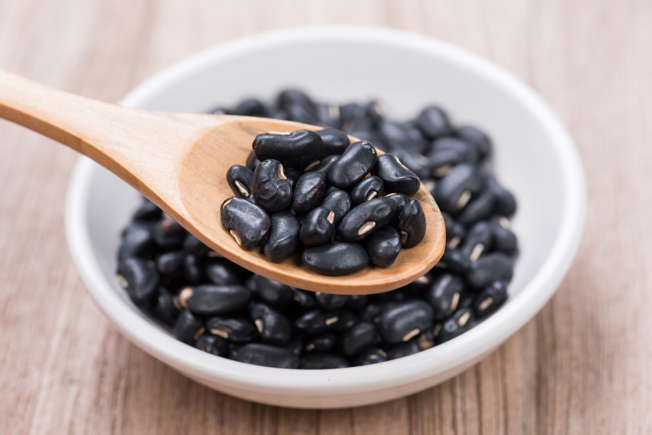
I fagioli neri in scatola senza sodio aggiunto sono un ottimo modo stabile per pompare le proteine e aumentare il ferro e le fibre: durano da due a cinque anni senza essere aperti. Una porzione da mezza tazza produce 6,99 grammi di proteine ed è una deliziosa aggiunta al peperoncino, mescolata con riso o condita con un’insalata. Puoi anche consultare queste ricette che iniziano con una lattina di fagioli neri se hai bisogno di consumare alcune lattine. Non riesci a trovare opzioni a basso contenuto di sodio? Amidor afferma che il risciacquo dei fagioli può ridurre il sodio fino al 40%.
Burro di arachidi
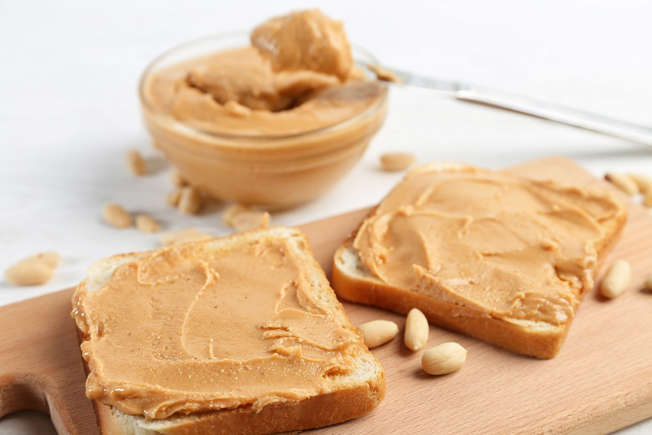
Chi non ama un panino vecchio stile con burro di arachidi e gelatina? Se abbinato al pane integrale, questo è un pasto completo che fornisce 8 grammi di proteine e non importa se scegli croccante o liscio. Otterrai anche circa il 20% della quantità giornaliera raccomandata di niacina, l’8% della tua fibra alimentare giornaliera e il 10% della vitamina E del giorno in soli due cucchiai.
Un barattolo aperto di burro di arachidi può essere conservato in dispensa per un massimo di tre mesi, dice Amidor, quindi dovrebbe essere conservato in frigorifero per altri 3-4 mesi. Oppure segui questi modi per consumare un barattolo di burro di arachidi più velocemente.
Salmone

Fresh, frozen or canned, salmon is a protein powerhouse, with almost 19 grams per 3 ounces. “Whether you choose farmed or wild, it is up to you,” “If affordability is a factor, choose the cheaper one as you will still get all the nutrition, including heart-healthy omega-3 fats, which most folks don’t get enough of.” The Food and Drug Administration’s (FDA) Dietary Guidelines for Americans recommend at least 8 ounces of seafood per week based on a 2,000-calorie diet, and salmon is one of the “best choices” when it comes to limiting mercury.
Quinoa
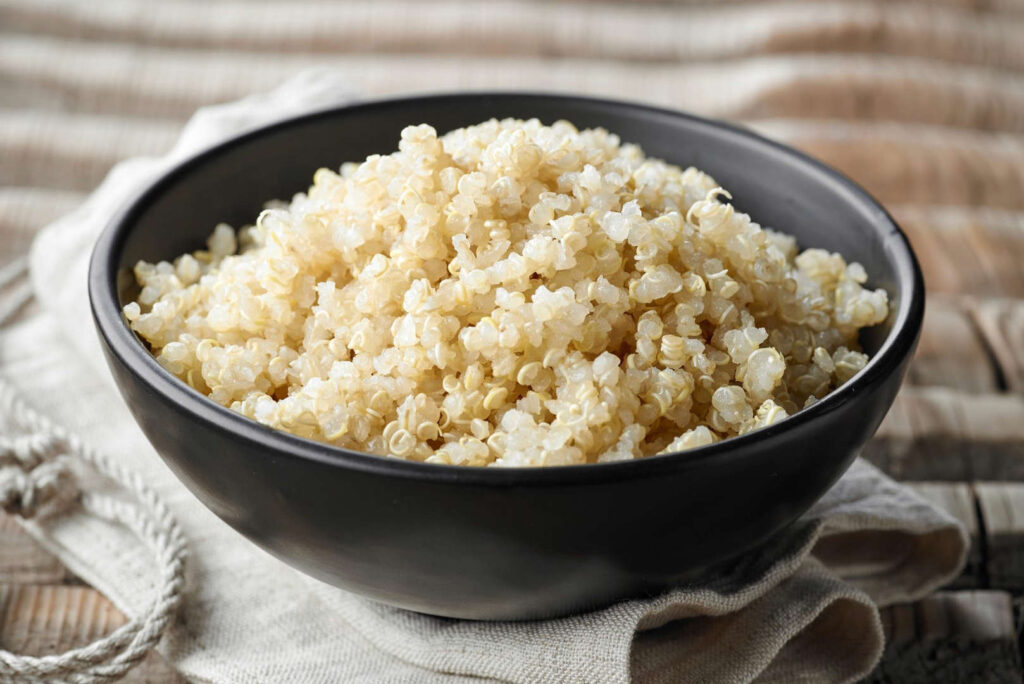
This seed is categorized as a whole grain, and aside from boasting 8.14 grams of protein in a cooked cup, it also provides manganese, phosphorus, magnesium, folate and thiamin. “Look for pre-rinsed quinoa, as the seed naturally has a bitter outer covering, which is washed off when rinsed,” says Amidor, noting that the white, red, black and rainbow varieties all have a similar taste and nutrition content.
Ricotta
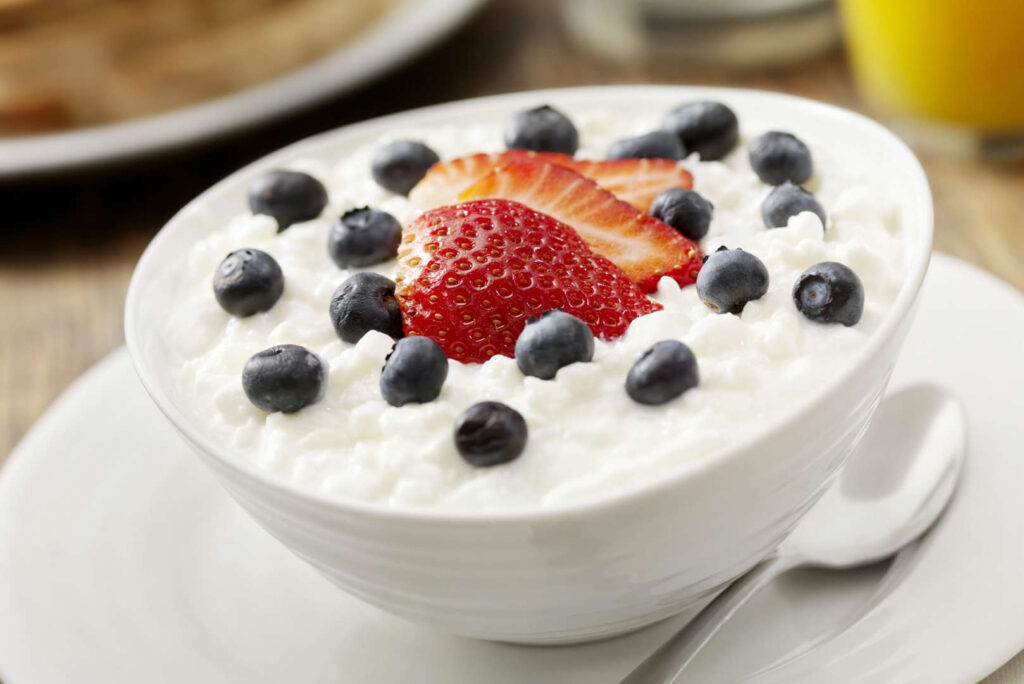
Cottage cheese packs 11 grams of protein into a one-cup serving, but the health benefits don’t stop there. “It also provides calcium, numerous B vitamins, selenium, iodine and phosphorous,” says Amidor. “Enjoy it topped with fruit and nuts as a snack or meal, and use blended cottage cheese in smoothies and dips.” Cottage cheese pancakes, anyone?
Yogurt Greco
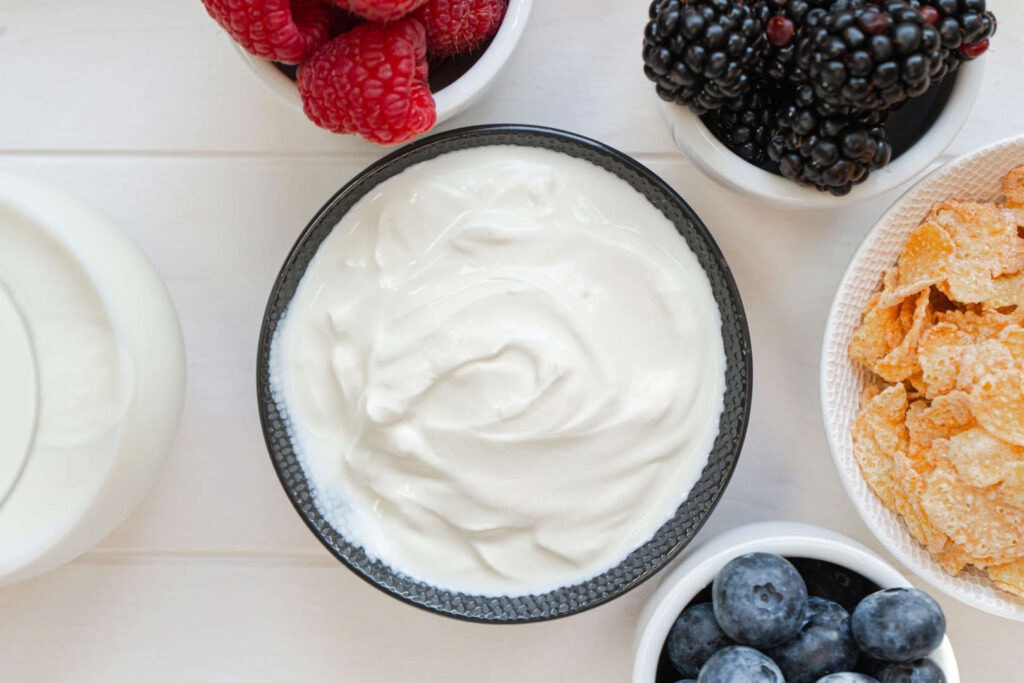
Hop off the regular yogurt train because the health benefits of Greek yogurt are unmatched—7 ounces of lowfat plain Greek yogurt contains 19.9 grams of protein. For those who consider dairy your foe, you may be able to tolerate Greek yogurt. “Due to the live, active cultures, some folks with lactose intolerance find Greek yogurt easier to digest, plus it has a lower lactose level compared to other dairy foods like milk,”. Greek yogurt is an easy replacement for mayo in many recipes and also works as a decadent dessert or stuffed in French toast.
Pollo
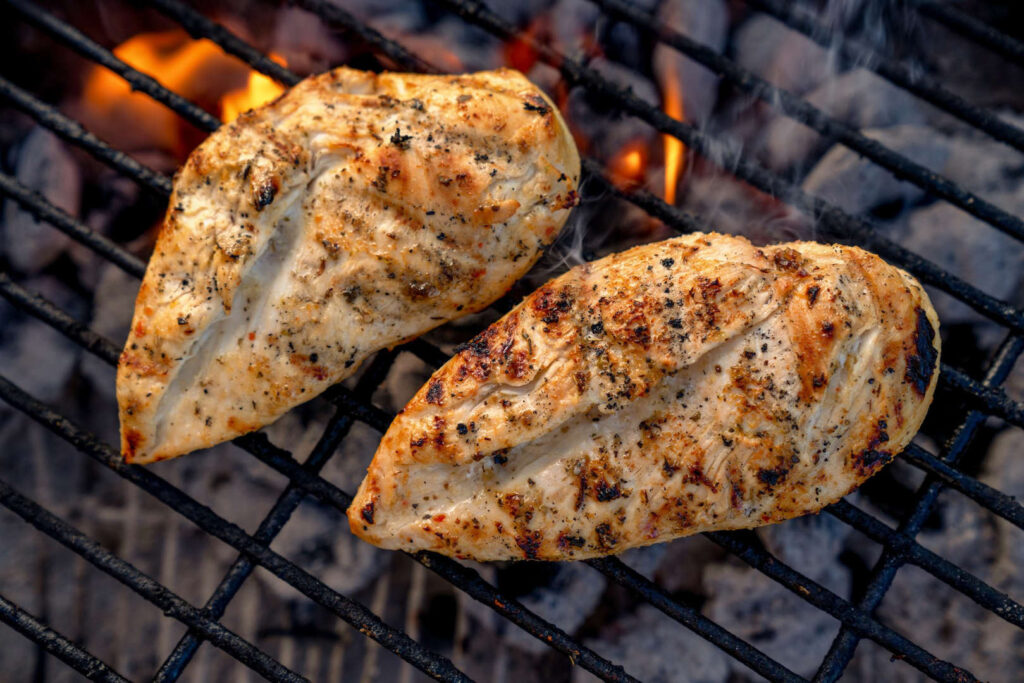
Depending on which part of the chicken you’re eating (breast or thigh), 3 ounces of chicken contains between 20 and 26 grams of protein. “While many people reach for the breast because it’s leaner and a little higher in protein than the thigh, thighs can also fit into a healthy diet and tend to be more flavorful,”. “Chicken thighs also offer more iron than breasts, which can be helpful to meet your iron needs.”
Turchia

Similarly to chicken, turkey protein varies between 22 and 26 grams of protein for 3 ounces, depending on the cut—white meat will have slightly more protein than dark meat. “I always encourage people to choose the cut they enjoy most because the difference in fat isn’t going to make a significant difference in your health,”.
Edamame

Edamame, or soybeans in the pod, is a solid source of plant-based protein with 9 grams per half-cup. It’s also a good source of fiber, calcium, iron, magnesium and folate. “Edamame is also known for having soy isoflavones, which may be particularly beneficial for peri- and postmenopausal women, as isoflavones are linked to fewer menopause symptoms, increased bone density and lower rates of breast cancer,”.
Tempeh

Il tempeh, che è fatto di semi di soia fermentati, non solo offre 15 grammi di proteine vegetali per porzione da 3 once, ma è anche ricco di fibre, ferro, calcio e fibre. Come altri alimenti fermentati, contiene alcuni probiotici, che may support gut health. Ecco almeno cinque modi per cucinare il tempeh per aiutarti a iniziare a incorporarlo nelle tue raccolte di pranzo e cena.
Ceci

Oltre ai 7 grammi di proteine per mezza tazza, i ceci contengono anche 6 grammi di fibre che riempiono la pancia. Sono ricchi di vitamine e minerali tra cui vitamine del gruppo B, ferro, zinco e magnesio. Se acquisti ceci in scatola, Anzlovar consiglia di scegliere opzioni a basso contenuto di sodio o senza sale aggiunto. Se non riesci a trovarli, risciacquarli riduce il contenuto di sodio.
Tonno

Canned tuna is an easy and inexpensive way to add protein to your diet. Just 3 ounces (a little more than half a can) contains 21 grams of protein. “It’s also a good source of omega-3 fatty acids, which offer tons of health benefits from supporting your heart to your brain,” says Anzlovar. “Canned tuna in olive oil can offer additional healthy fats and tends to be more flavorful and a little less dry than tuna packed in water.” One word of caution: Tuna is a higher-mercury fish listed under “good choices” by the FDA, so only eat this once a week.
Semi di canapa

Questi piccoli semi della pianta di canapa possono essere minuscoli, ma offrono grandi benefici. Tre cucchiai di semi di canapa contengono 10 grammi di proteine, il 20% del fabbisogno giornaliero di ferro e diverse vitamine del gruppo B (tra cui il folato). Anzlovar afferma che sono un ottimo modo per consumare omega-3 di origine vegetale, che possono essere utili per le persone che non mangiano pesce. Non c’è da stupirsi che siano un modo semplice per aggiungere proteine ai frullati.
Lenticchie
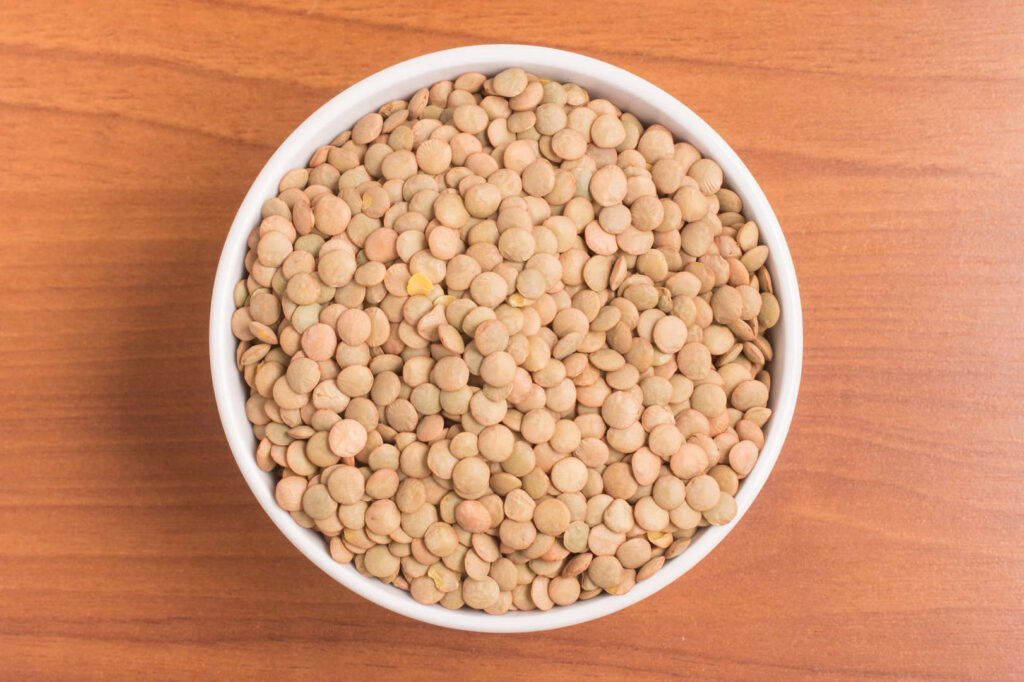
All lentils (black, green or red) pack in around 9 grams of protein and 8 grams of fiber per half cup, along with several vitamins and minerals. “They’re one of the best sources of plant-based iron, with over 30% of your daily needs,” says Anzlovar. If lentils are a little unfamiliar, start with one of these lentil recipes or whip up a batch of vegan lentil soup in just 30 minutes.
